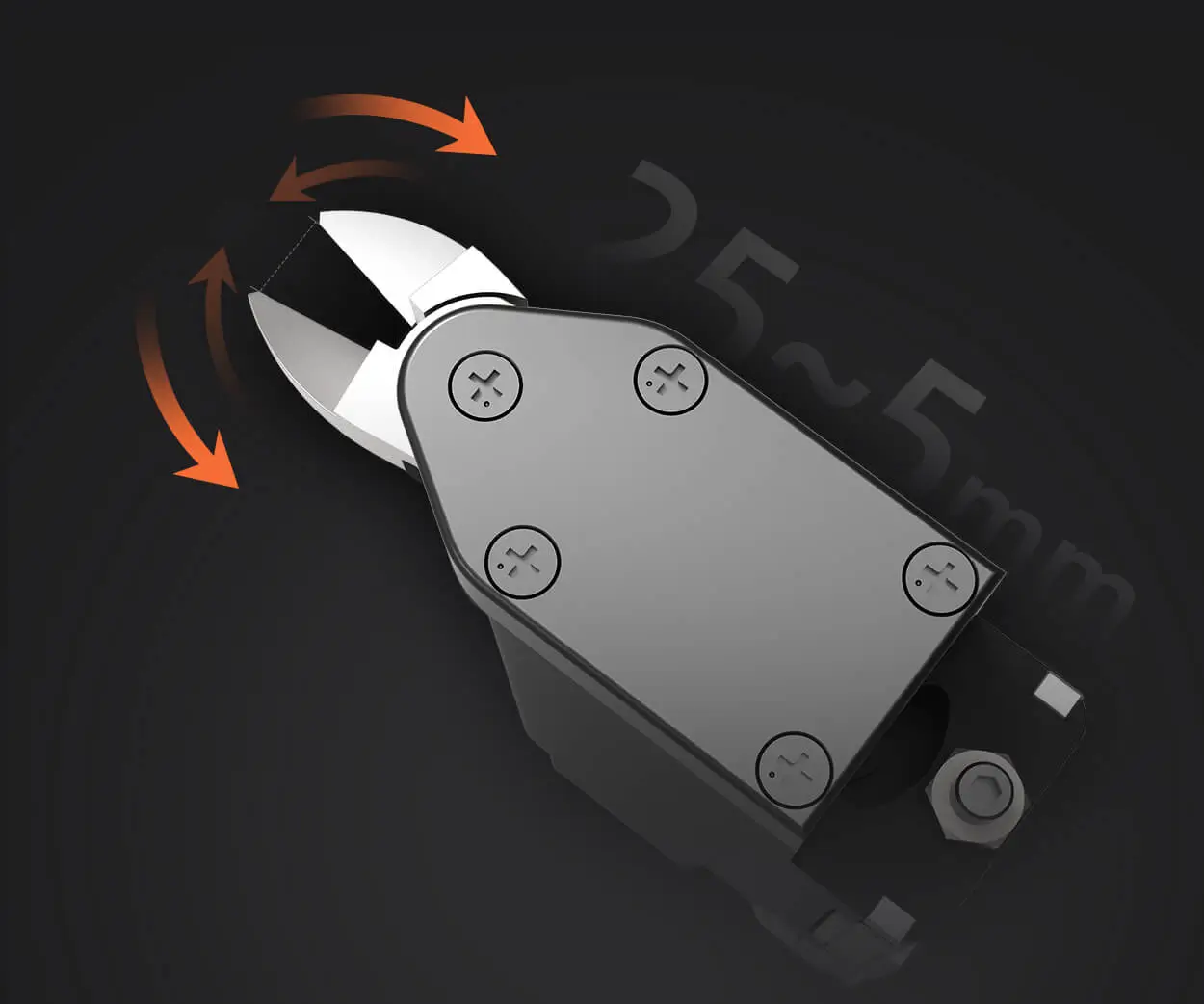Ever wondered what keeps your microservices from turning into a tangled web? Imagine a bustling city where traffic flows smoothly despite roadblocks and rush hours. That’s what the circuit breaker pattern does for microservice architectures—keeps the system resilient, prevents total collapse when one part falters.

Think about it: in a complex system, some services are more fragile than others. Maybe a third-party API goes down, or a database suddenly responds sluggishly. Without a safety net, that hiccup can cascade, dragging the entire system into chaos. That’s where the circuit breaker comes into play—kind of like the break in an electrical circuit, halting the flow when things go haywire and giving the system space to reset.
It’s fascinating how simple concepts like this can save hours of debugging and countless lost users. The circuit breaker monitors requests—if a particular service starts failing excessively, it "opens" itself, stopping further requests from reaching that fragile service. Instead, it responds with a quick failure message or a fallback, maintaining overall system stability. Once conditions improve, the circuit "closes" again, allowing traffic to flow normally.
Ever asked yourself, “How can I tell if my system is leaning too heavily on a failing service?” Monitoring metrics come in handy here. High failure rates or increased latency indicate it might be time for a circuit breaker to step in. It’s about proactive defense—spotting the storm before it rains all over your user experience.
In real-world scenarios, imagine an e-commerce platform during a flash sale. Peak traffic strains the payment gateway service. Without the circuit breaker, a handful of failed transactions could overload the system, causing delays or even crashes. But with a circuit breaker set up smartly, it detects the errors early, dodges the overloaded service, and directs users to alternative paths—maybe a simplified checkout or a message advising to try again later.
You might be wondering—does this add complexity? Not really. When integrated properly, it becomes second nature. Frameworks like Spring Boot, Netflix Hystrix, or Resilience4j make implementing circuit breakers straightforward. They provide configurable options—thresholds, timeout periods, fallback methods—that make tuning a breeze.
Let’s cut to the chase—what’s the upside? Besides keeping the lights on when parts falter, it enhances user trust. No one likes seeing error pages or slow responses. Plus, it reduces downtime, saving money and reputation.
If your microservices are growing, scaling, or handling unpredictable loads, a circuit breaker is not just a nice-to-have. It’s a must-have shield. The key is understanding where and when to deploy it, balancing fail-safes with performance. And that’s where experienced architecture design shines.
Imagine a future where your systems bounce back from failures automatically, without causing a ripple to users. That’s what an intelligent circuit breaker pattern offers—robustness, peace of mind, and a smoother journey for your customers. So, ask yourself—are your microservices ready to handle the unexpected?
Established in 2005, Kpower has been dedicated to a professional compact motion unit manufacturer, headquartered in Dongguan, Guangdong Province, China. Leveraging innovations in modular drive technology, Kpower integrates high-performance motors, precision reducers, and multi-protocol control systems to provide efficient and customized smart drive system solutions. Kpower has delivered professional drive system solutions to over 500 enterprise clients globally with products covering various fields such as Smart Home Systems, Automatic Electronics, Robotics, Precision Agriculture, Drones, and Industrial Automation.




































